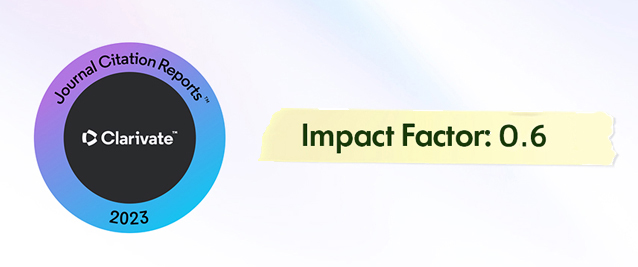2Bayburt University, Emergency Aid and Disaster Management Department, BAYBURT
Abstract
In the study, the leachate of the Erzurum Municipality Solid Waste Regular Storage Facility was used. Leaching waters formed in solid waste storage areas and the contents depend on rainfall and the characteristics of the stored waste. The leachate includes a high amount of organic matter it contains, nitrogenous substances, heavy metals, high salinity; it causes pollution of underground and surface receiving environments. Therefore leachate must be treated before being discharged. For this purpose, an electrooxidation process was used for the treatment of leachate. The effect of the flow rate change on the treatment efficiency in the continuous electrooxidation process is investigated. The flow rate was selected as 5, 7.5, and 10 ml/min. The constant current of 20 A was applied with a direct current intensity supply (40 V-250 A) in 600 ml. In the reactor (600 ml) at a constant current of 20 A, the effluent water temperature increased from 15 °C to 31 °C while the pH value was reduced to a value of 8.2 to 4.8. At the constant current of 20 A, approximately 90% chemical oxygen demand (COD) removal was obtained at a flow rate of 5 ml/min, which is the best removal efficiency obtained from flow rate experiments. It is seen from the same study results that the energy consumption value is 55 kWh/m3 at 20 A current and 5 ml/min flow rate. As a result, the electrooxidation process can be used for the treatment of leachate, especially for organic matter removal.














